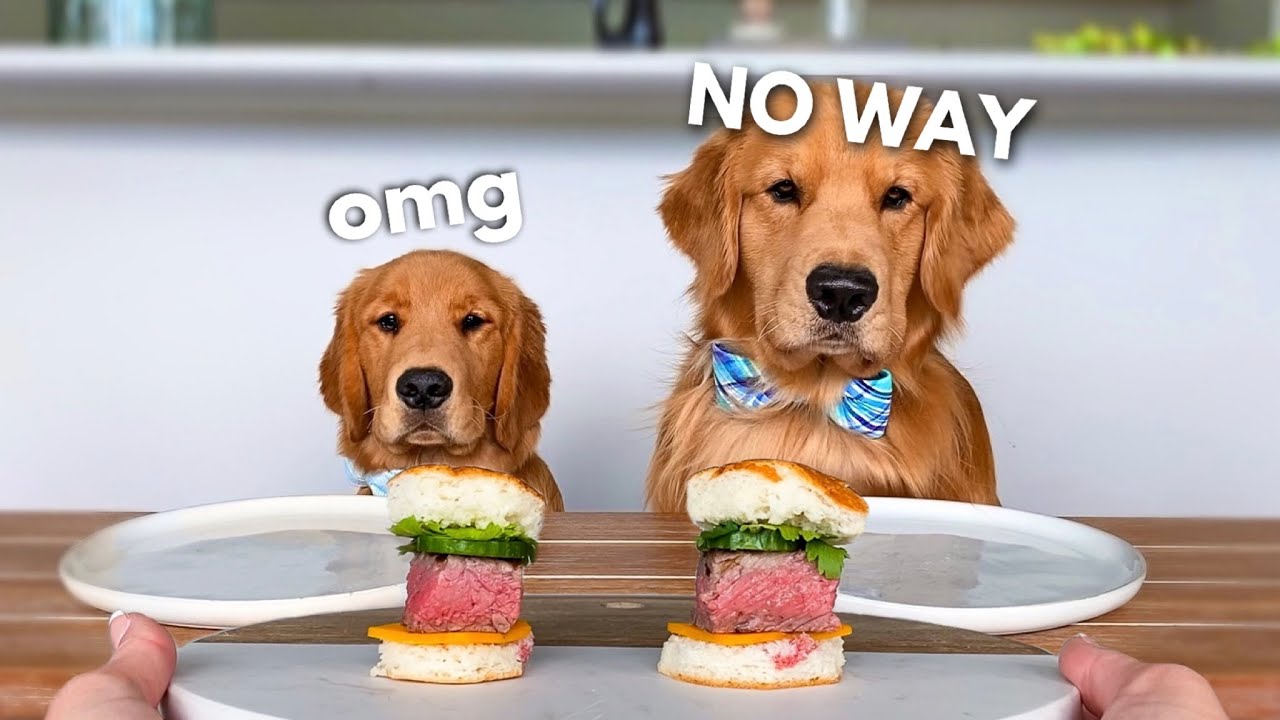DIY Indoor obstacle course for Golden Retrievers: Tips and Ideas
Are you looking for a fun and engaging way to keep your Golden Retriever active and entertained indoors? Creating a DIY indoor obstacle course can be a great solution! Golden Retrievers are active and intelligent dogs who thrive on physical and mental stimulation. An obstacle course provides them with both, helping to burn off energy and prevent destructive behavior. In this article, we will provide you with tips and ideas to create an exciting obstacle course for your furry friend.
1. Choosing the Right Space
Before you start building your obstacle course, it’s important to select a suitable space. Make sure you have enough room to accommodate the course and allow your Golden Retriever to move around comfortably. Consider using your living room, basement, or even a spare room for this purpose. Remove any fragile or valuable items from the area to prevent accidents.
2. Basic Obstacle Course Components
To start building the obstacle course, you will need a few basic components:
- Jumping Hurdles: Use sturdy materials like PVC pipes or garden stakes to create jumping hurdles at various heights. Start with lower jumps and gradually increase the height as your Golden Retriever becomes more confident.
- Tunnel: Create a tunnel using blankets and chairs or purchase a ready-made dog tunnel. Encourage your dog to crawl through it by placing treats or toys on the other side.
- Weaving Poles: Arrange a set of poles for your dog to weave in and out of. You can use traffic cones, PVC pipes, or even broomsticks stuck firmly into the ground.
- Tire Jump: Hang a hula hoop or a sturdy tire at an appropriate height for your dog to jump through. This obstacle helps improve your dog’s coordination and agility.
These are just a few examples, and you can get creative with other obstacles like platform jumps, balance beams, or even homemade agility ramps. Remember to tailor the course according to your dog’s size, age, and abilities.
3. Safety First
As you build your obstacle course, keep safety as the top priority:
- Ensure all structures are stable and won’t collapse when your Golden Retriever navigates through them.
- Remove any sharp objects or potential hazards from the area.
- Use non-slip mats or rugs to cover slippery surfaces.
- Monitor your dog closely during each obstacle to prevent accidents or injuries.
4. Train and Encourage
Once the obstacle course is set up, it’s time to train your Golden Retriever and encourage them to participate:
- Positive Reinforcement: Use treats, praise, and toys as rewards when your dog successfully completes an obstacle.
- Break it Down: If your dog is struggling with a particular obstacle, break it down into smaller steps and reinforce positive behavior at each step.
- Start Slow: Begin with simple obstacles and gradually increase the complexity as your dog gains confidence and skill.
- Keep Sessions Short: Dogs have short attention spans, so make sure to keep training sessions short and engaging to prevent boredom.
5. Conclusion
DIY obstacle courses provide an excellent opportunity to engage your Golden Retriever’s mind and body while having fun together. Remember to create a safe environment, choose suitable obstacles, and train your dog with positive reinforcement. Regular practice will not only keep your dog physically fit but also enhance their problem-solving abilities and overall well-being.
FAQs
Q: Can I build an obstacle course for my Golden Retriever if I live in a small apartment?
A: Yes, even in a small space, you can create a mini obstacle course using smaller and more compact obstacles. You can use folded blankets for tunnel-like structures or low jumps with pillows.
Q: How often should I practice the obstacle course with my Golden Retriever?
A: It is recommended to practice the obstacle course at least a few times a week. However, the frequency can vary depending on the age, energy level, and preferences of your dog. Pay attention to their enthusiasm and adjust the practice sessions accordingly.
Q: Can older Golden Retrievers enjoy obstacle courses?
A: Absolutely! Obstacle courses can be tailored to suit the abilities and limitations of older dogs. Adjust the height of jumps, shorten the length of the course, or avoid strenuous obstacles if necessary. Always consult with your veterinarian before engaging in any physical activities with your older dog.
Q: Where can I find more information about dog agility training?
A: There are several books, websites, and online forums dedicated to dog agility training. Some recommended resources include “Agility Right from the Start” by Eva Bertilsson and Emelie Johnson Vegh, the American Kennel Club’s agility resources, and online communities such as the Agility Forum on DogForums.com.
References
1. Bertilsson, E., & Vegh, E. J. (2010). Agility Right from the Start: The Ultimate Training Guide to America’s Fastest-Growing Dog Sport. Sunshine Books.
2. American Kennel Club. (n.d.). Agility for Beginners. Retrieved from https://www.akc.org/sports/agility/getting-started/
3. DogForums.com. (n.d.). Agility Forum. Retrieved from https://www.dogforums.com/forums/agility-forum.18/
















